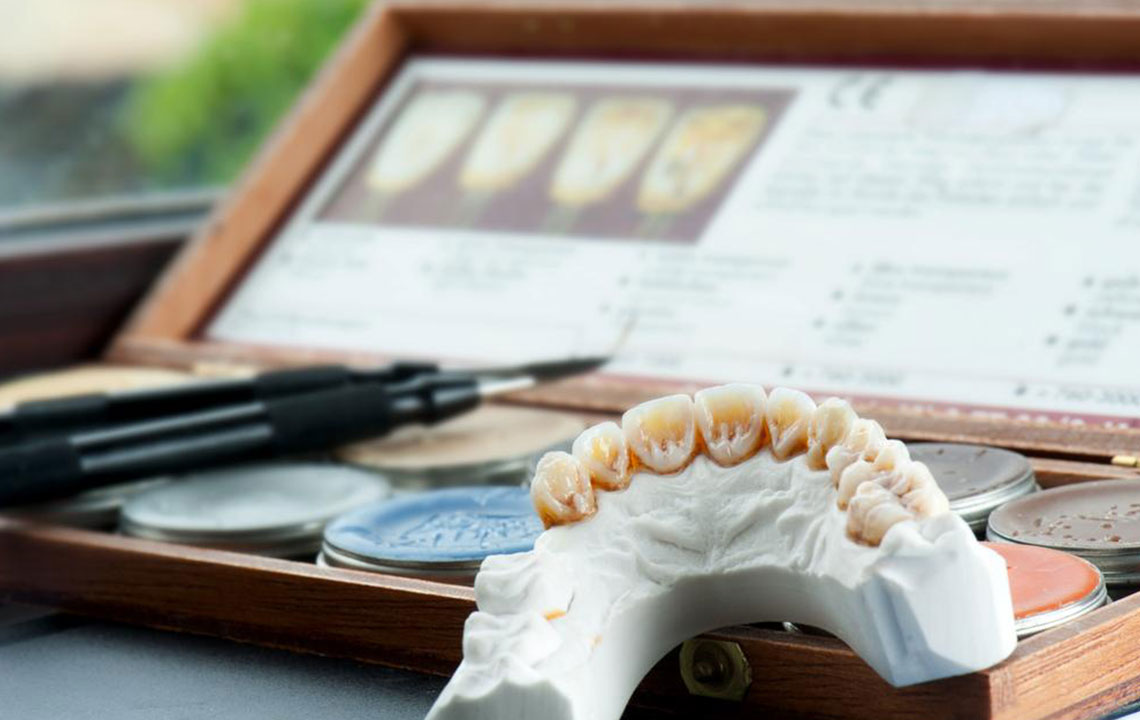Comprehensive Guide to Advanced and Basic Gum Disease Treatments
This comprehensive article explores both surgical and non-surgical treatments for gum disease, emphasizing preventive care and advanced procedures like grafts and regeneration. Learn how early intervention and personalized treatment plans help maintain gum and overall oral health effectively.

Comprehensive Guide to Advanced and Basic Gum Disease Treatments
Maintaining optimal oral hygiene practices, such as brushing your teeth twice daily, is fundamental for oral health. However, many individuals tend to overlook the health of their gums, which play a vital role in supporting teeth and overall dental wellness. Neglecting gum health can lead to serious issues like periodontal disease, tooth mobility, and eventual tooth loss. Fortunately, dental science offers a wide range of effective treatments designed to combat gum diseases, restore gum health, and prevent further deterioration. Understanding these options is essential for anyone looking to maintain a healthy, confident smile.
Gum disease treatments are broadly categorized into two main types: non-surgical and surgical procedures. The choice of treatment strategy fundamentally depends on the severity of the condition, the patient's overall health status, and the response to initial interventions. Typically, dental professionals recommend starting with non-invasive, non-surgical approaches. If these methods do not achieve desired results or if the disease has advanced significantly, surgical interventions may become necessary. This tiered approach ensures that patients receive appropriate care tailored to the progression of their gum disease, maximizing the chances of successful management and long-term oral health preservation.
Non-surgical treatments are often the first line of defense against gum disease and include:
Professional Dental Cleaning
This essential preventive procedure involves the removal of plaque and tartar buildup above and below the gum line. Since daily brushing and flossing might not completely eliminate plaque, especially in hard-to-reach areas, biannual professional cleanings are highly recommended, particularly for individuals showing early signs of gum disease. Regular cleaning helps prevent the progression of gingivitis to more serious periodontitis, protecting the integrity of your teeth and gums.
Scaling and Root Planing
This more intensive non-surgical method is used when plaque accumulates beneath the gumline, creating deep pockets that harbor bacteria. The procedure involves numbing the area with local anesthesia, then carefully scraping away tartar and bacterial deposits from the tooth roots. After cleaning, the roots are smoothed (planed) to help gums reattach securely to the teeth, reducing inflammation and promoting healthier tissue. This treatment can effectively diminish pocket depths and reverse early-stage periodontal damage.
When gum tissue health is severely compromised or the disease has advanced, surgical procedures are considered necessary. Common surgical interventions include:
Flap Surgery / Pocket Reduction
This surgical technique involves creating a small flap in the gum tissue to gain direct access to the tartar deposits and the affected bone. The dentist or periodontist lifts the gums, cleans out the tartar, and repairs bone damage if needed. Once cleaned, the gums are repositioned and stitched tightly around the teeth. This reduces periodontal pocket depths, making it easier to maintain oral hygiene effectively and lowering the risk of disease recurrence.
Bone Grafts
In cases where periodontal disease results in significant bone loss, regeneration becomes critical. Bone grafting involves transplanting natural, donor, or synthetic bone material into the affected areas to stimulate new bone growth. This process, often aided by tissue engineering techniques, helps restore lost support structures, stabilizing teeth affected by severe periodontal damage and preventing tooth mobility.
Soft Tissue Grafts
This procedure addresses gum recession, which exposes tooth roots, increasing sensitivity and the risk of decay. Tissue grafts transfer tissue from the palate or another donor site to the receded areas, effectively restoring the gumline. Soft tissue grafts not only improve aesthetic appearance but also reinforce the structural integrity of the gums, protecting teeth from further damage.
Guided Tissue Regeneration
Designed for advanced periodontal cases involving substantial bone loss, this technique employs barrier membranes to direct the growth of new bone and tissues. During flap surgery, the membrane acts as a shield, preventing fast-growing soft tissue from occupying the space meant for new bone. This method promotes regeneration of bone and supporting tissues, helping to restore the natural architecture of the periodontium and secure the stability of teeth affected by severe periodontal disease.
In conclusion, successfully managing gum disease requires a comprehensive understanding of available treatments and personalized care strategies. Combining non-surgical methods with surgical interventions when necessary offers the best chance for restoring healthy gums, preventing tooth loss, and maintaining overall oral health. Regular dental visits, proper home care, and early intervention are crucial components in the fight against gum disease, ensuring a lifetime of healthy smiles.





